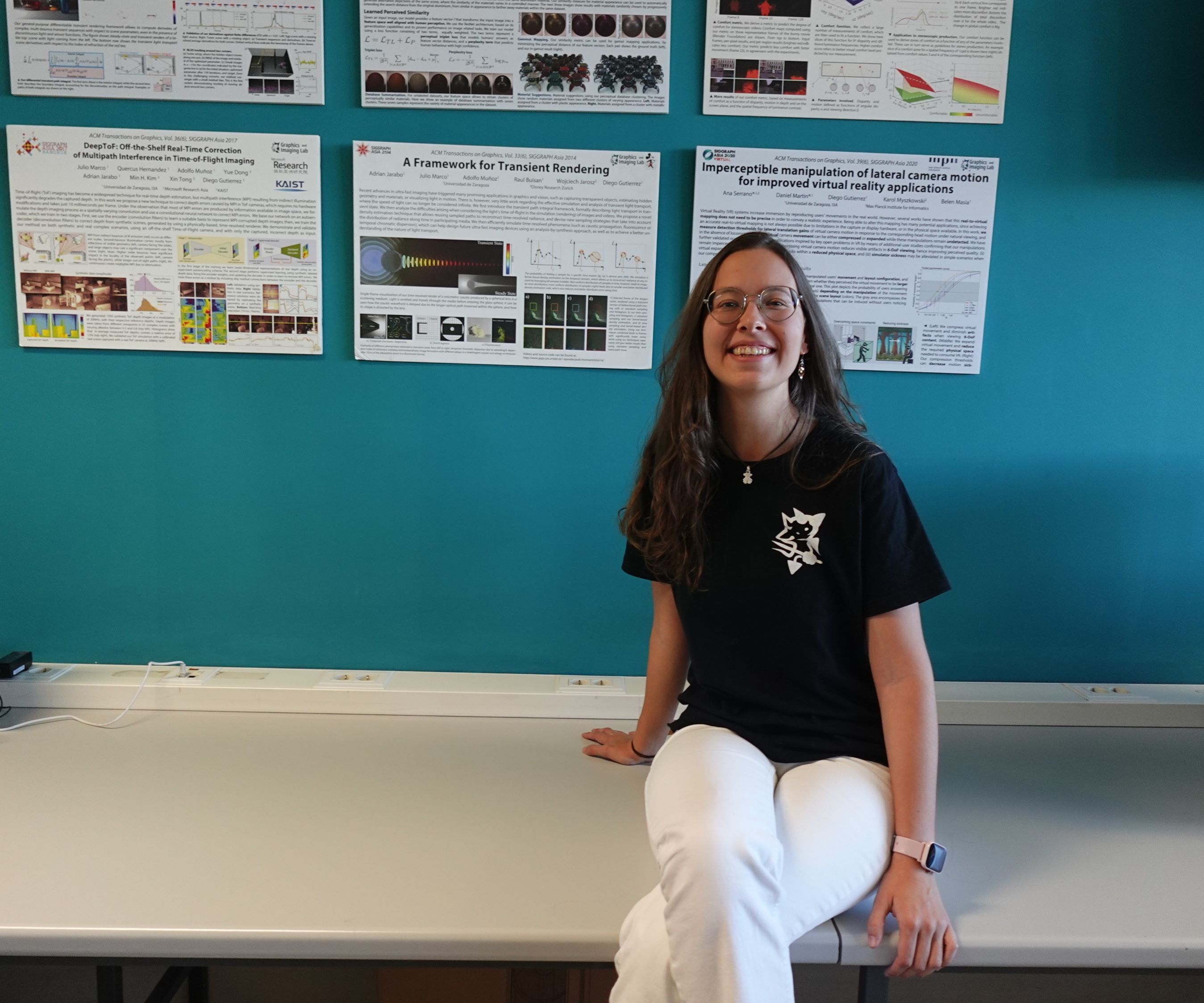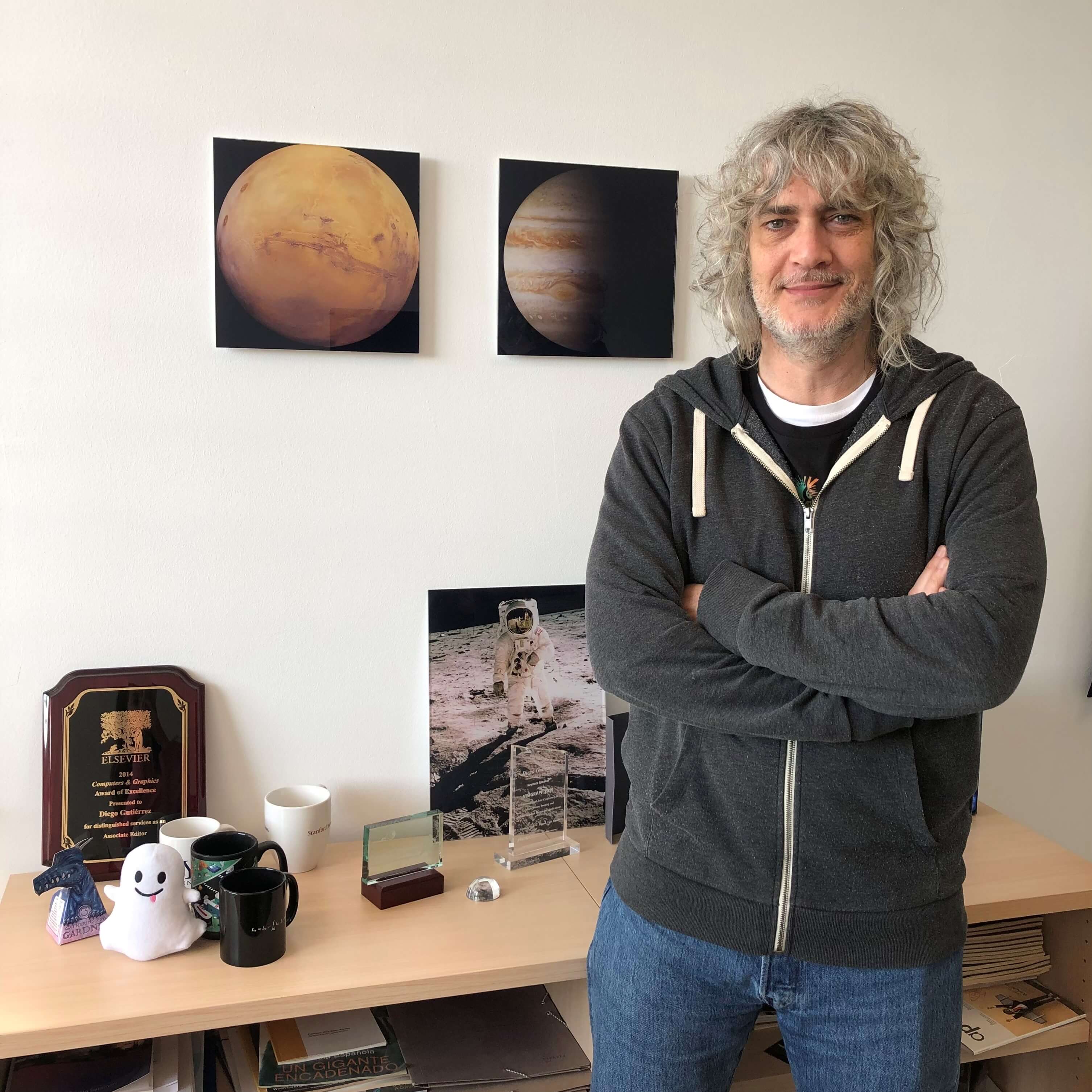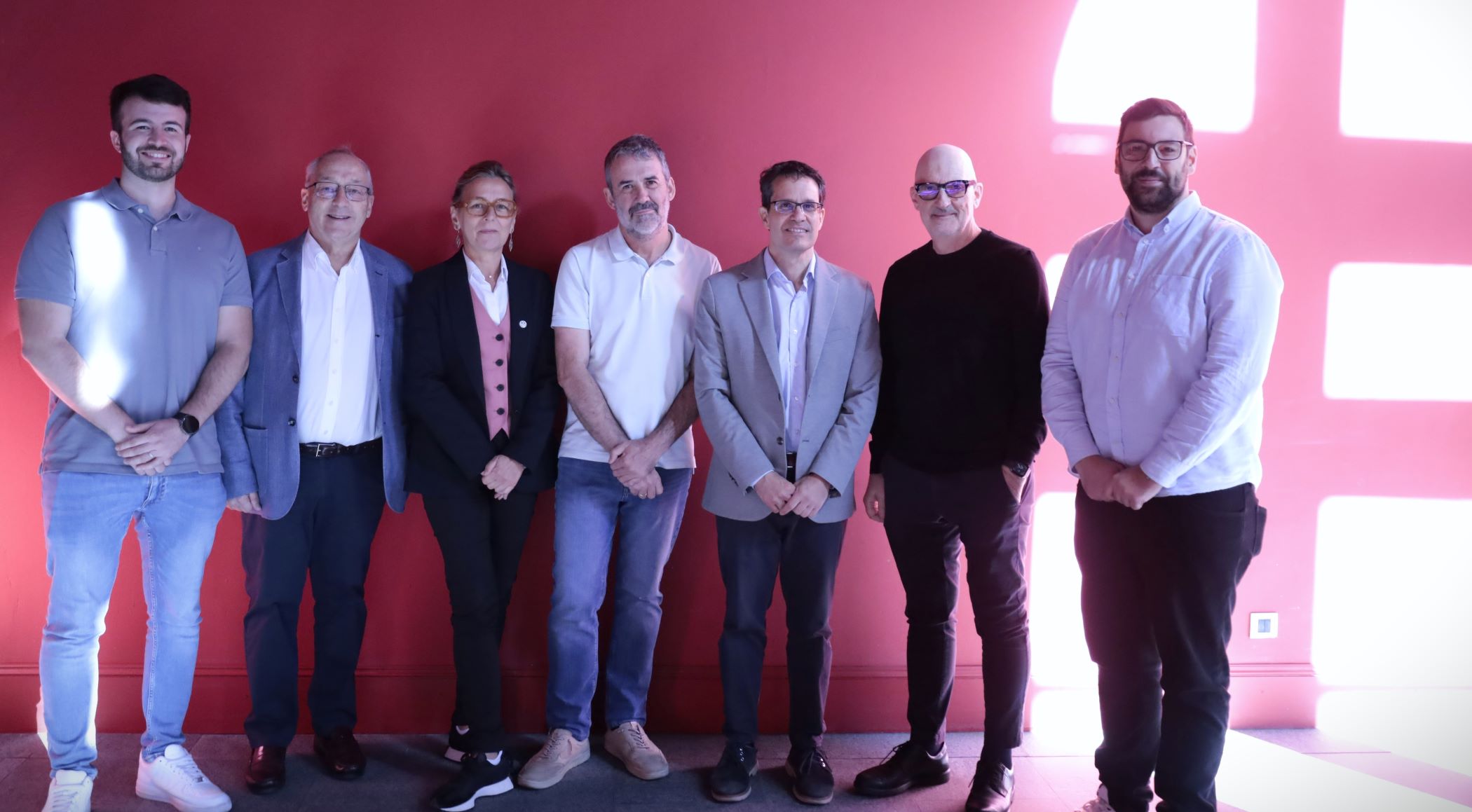
How many queries do we make every day on Internet search engines? How many of them answer what we wanted and get what we need right? Behind this task that we repeat every day, typing in a search engine or asking an assistant such as Google or Alexa to provide us with information, there is a network of information systems, mathematical formulas and technological applications that are constantly being updated to achieve better results.
The fifth Ibero-American and fourth Indo-American Knowledge Graphs and Semantic Web Conference (KGSWC'23, 5th Ibero-American and 4th Indo-American Knowledge Graphs and Semantic Web Conference) will be held in Zaragoza from 13 to 15 November, organised by the Distributed Information Systems group of the I3A Unizar. It will be held at the Río Ebro Campus, in the R+D Building (Calle Mariano Esquillor, s/n).
What we talk about when we refer to semantic web
The current web is mainly based on syntax, that is, on how information is written, now researchers are directing their work towards the Semantic Web, towards meaning. Eduardo Mena, researcher at the Distributed Information Systems (SID) group, organiser of this congress, explains that, in the first versions of Google, "if you searched for 'Andorra Aragon', it retrieved pages where both text strings appeared, 'Andorra' and 'Aragon', possibly referring to the Principality of Andorra. On the semantic web, the same query would be interpreted as referring to the municipality of Andorra in Teruel".
Knowledge graphs, mathematical structures
Knowledge graphs are one of the most widely used ways of representing knowledge that can be properly handled by computers. They make it possible to represent "entities", such as the municipality of "Andorra de Teruel" or the community of "Aragon", relating them to each other: "For example," says researcher Carlos Bobed of the SID Group, "in a knowledge graph, 'Andorra de Teruel' would be related to 'Aragon' through the property 'belongs to'. Moreover, Andorra de Teruel and Andorra del Principado would be represented as two distinct entities".
Modern versions of Google use knowledge graphs to improve responses to user queries. Although the Semantic Web has not yet been achieved, Google is able to partially understand the meaning of a user's query without being limited to its syntax.
In addition to the current applications of knowledge graphs, a possible future application would be the combination of Artificial Intelligence systems, such as the conversational Chat GPT system, with knowledge graphs, to improve the quality of their conversations.
The conference, which starts on Monday in Zaragoza, has been held annually since 2019 and has established itself as a forum for discussion of both scientific advances and technological innovations related to the Semantic Web and knowledge graphs. It is a meeting point for researchers and industry experts to share and discuss topics including knowledge representation, natural language processing and machine learning, disciplines that are showing very significant advances with a direct impact on people's daily lives. The objectives of the conference are, on the one hand, to serve as a forum for the Artificial Intelligence community dedicated to these topics, and, on the other hand, to encourage the adoption of these technologies in these domains.
Machines that use metaphors
About the Distributed Information Systems (DIS) research group, it is working on several lines of research, including techniques that allow "flexible" queries to be answered using knowledge graphs. A flexible query incorporates some imprecise term that can be fulfilled to some degree. "We might want to retrieve 'medium-sized municipalities of Aragon', so that Andorra de Teruel would certainly be included, but smaller municipalities, such as Daroca, would be included to a lesser degree. To solve this problem, we combine knowledge graphs with fuzzy logic," says researcher Fernando Bobillo, also from the SID group.
They also develop techniques for the discovery of new semantic relations to complete and enrich existing knowledge graphs. In particular, "in the group we have worked with natural language processing systems, trying to enable machines to use metaphors, and linguistic information systems, finding translations and linguistic relations between terms in two languages, for example, Aragonese and English, from existing translations in other languages, such as translations from Aragonese to Spanish and translations from Spanish to English," explains Carlos Bobed.
The conference is sponsored by ShoudGuru, Ultipa, BDTA, Catalink, IET, NTT Data, SWARM, DIIS and the support of the University of Zaragoza.



